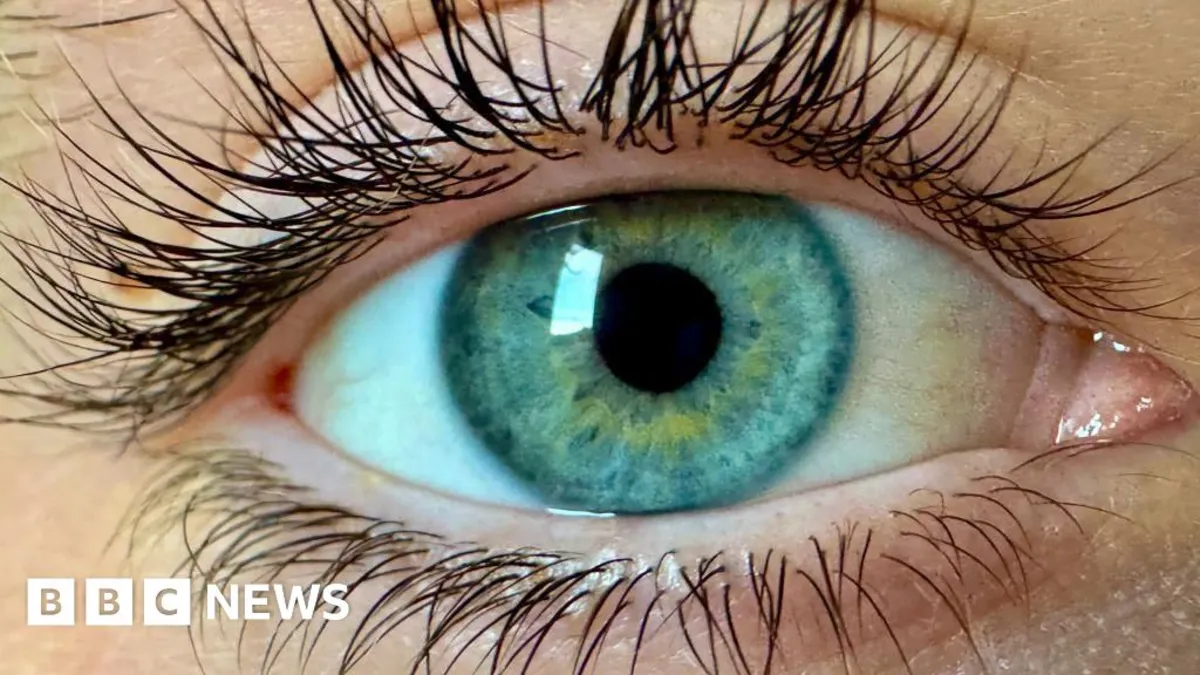
A groundbreaking study by a team of scientists has sparked intrigue in the realm of visual perception with their claim of discovering a new colour that has never been seen by humans before. This innovative research, published in the journal Science Advances on Friday, centers around an experiment where researchers employed laser pulses directed into participants' eyes. This unique method stimulated specific cells in the retina, leading participants to perceive a blue-green hue that the scientists have named olo.
During the experiment, five participants—four male and one female, all possessing normal colour vision—took part in a carefully controlled environment. The team utilized a device known as Oz, which comprises mirrors, lasers, and optical instruments, previously designed and updated by researchers from UC Berkeley and the University of Washington. The lasers were aimed at the pupil of one eye of each participant, specifically stimulating the M cone cells in the retina, which are responsible for perceiving green light.
The retina, a critical component of the human eye, is a light-sensitive layer at the back that converts light into electrical signals. These signals are then transmitted to the brain via the optic nerve, allowing for visual perception. Within the retina, there are three types of cone cells: S, M, and L, each sensitive to different wavelengths corresponding to blue, green, and red light, respectively. In typical vision, stimulation of the M cone cells also activates the neighbouring L and/or S cones. However, in this study, the focused laser stimulation of only the M cones resulted in a unique colour signal sent to the brain that does not occur during natural vision.
Prof. Ren Ng, one of the co-authors and participants in the study, described the colour olo as being more saturated than any colour typically encountered in daily life. He illustrated this by comparing it to seeing a vibrant new shade of pink after a lifetime of only viewing pastel tones. According to Prof. Ng, the perception of olo represents a significant leap in understanding how humans experience colour.
Despite the excitement surrounding this discovery, some experts remain skeptical about the classification of olo as a new colour. Prof. John Barbur, a vision scientist at City St George's, University of London, expressed that while the research demonstrates a remarkable technological achievement in stimulating selective cone cells, the interpretation of olo as a new colour is debatable. He pointed out that variations in perceived brightness could occur based on the sensitivity of cone cells, similar to the principles in this study.
Amidst the discussions, Prof. Ng acknowledged that while olo is technically challenging to perceive, the implications of their findings could significantly influence future research in colour blindness. Understanding how different cone cells interact can provide insights into the visual experiences of individuals who struggle to differentiate between certain colours.
The discovery of olo represents not only a potential new colour in the spectrum of human vision but also opens the door for further research into the complexities of colour perception and its implications for those with colour vision deficiencies. As scientists continue to explore this phenomenon, the quest to understand the intricacies of human vision remains more vital than ever.